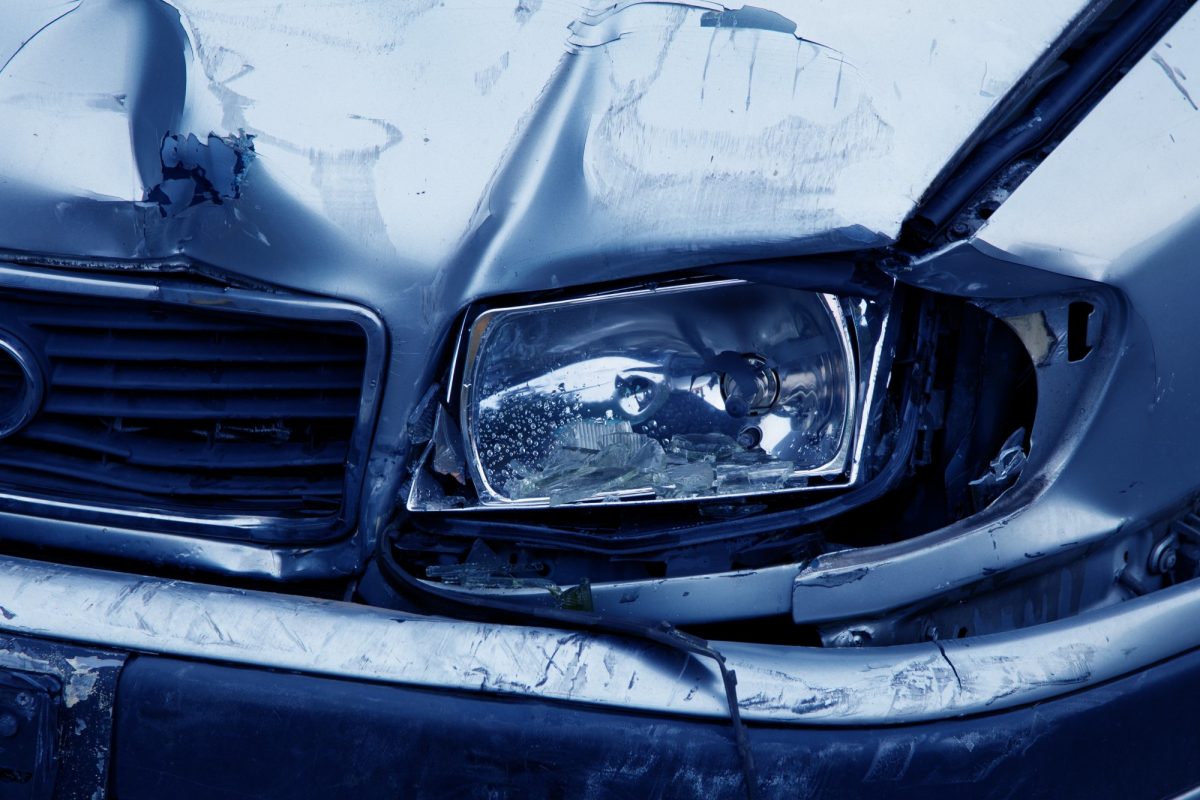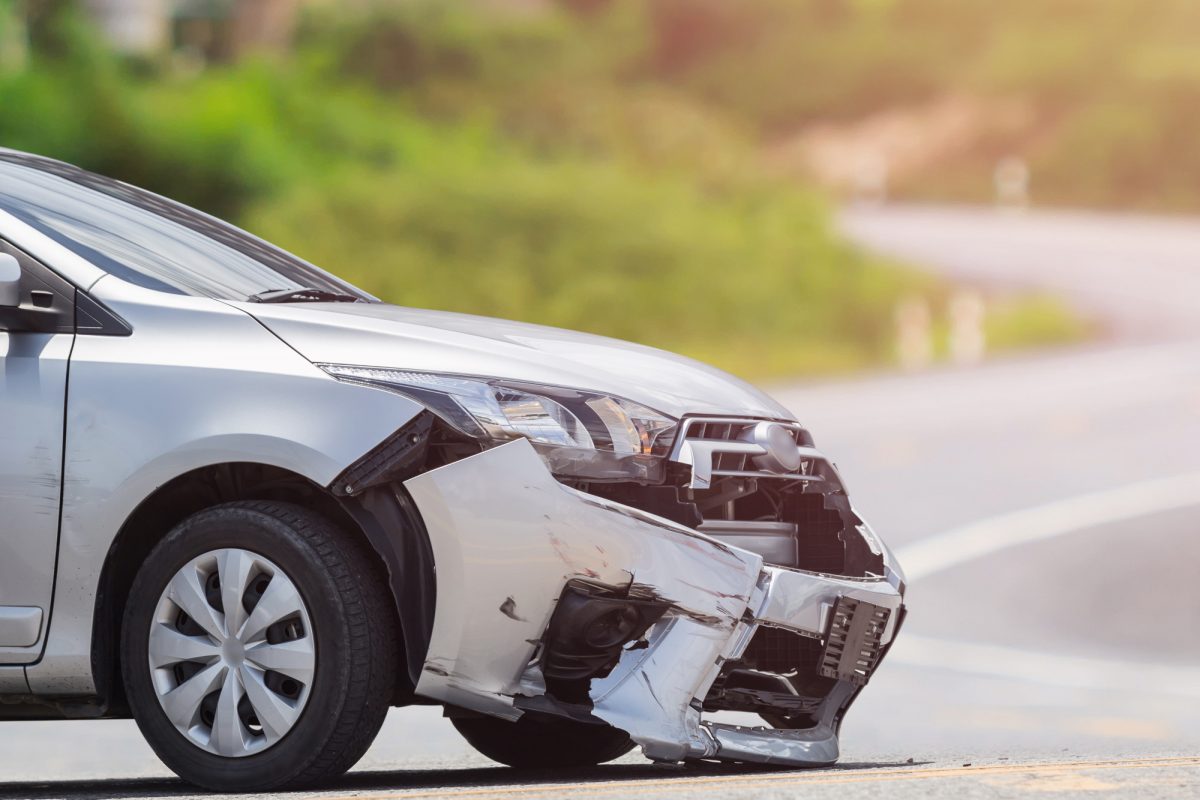
Traffic accidents can be jarring when you consider more than 1 million people die in car crashes every year. It doesn’t matter if it’s a major collision or a minor fender bender.
When you feel the car hit yours, there’s a feeling of panic and disorientation. If you’re involved in a car accident, there are tasks that should be completed as soon as possible to make it easier for you and your insurance company.
It’s possible that if there is significant damage, injuries or indecision on fault that you and your insurance company could be heading to court. Give yourself the best chance at winning by completing these five tasks right after the accident.
Safely Secure the Scene after a Car Accident
Safety should be the first priority. If it was a fender bender and you’re in the middle of the street, move the cars to the side of the road. Place warning markers or flares to warn traffic of debris and your vehicles. If you or other parties are injured, don’t move and wait for police and paramedics.
Securing the scene is important to law enforcement can get a complete picture of what happened, but not at the expense of your safety. It’s permissible to move the cars if they are blocking traffic or if there is a danger of further collisions.
Contact the Police
If there is an accident, even if there seems as if there is no damage to the car or injuries to people involved, you should contact the local police department. They make a formal report, take statements and personal information from both parties and provide a record.
Why is this important? There is an official record of the accident for you and the insurance companies. If there is ever a dispute of what was damaged, who was at fault or what happened, there is an official report from the police that describes everything and what people said at the scene.
Take Pictures and Videos of the Damage
It’s important to document any damage or injuries from the accident at the scene. While you shouldn’t interfere with the police investigation, take pictures and videos with your cell phone when you can. This provides more solid information for yourself and the insurance companies.
Sometimes people will come back and say there was more damage done or try to get old damaged fixed because of the accident. You can avoid this by taking pictures and videos that show the damage at the time of the accident.
Exchange Information with Other Drivers
During certain circumstances such as bad weather, the police may not be available to come to a minor accident. You should still contact them and then grab insurance information from the other drivers. You’re going to file a claim, ask to see each driver’s insurance information and write it down.
You should give your information to them as well. This way, you have all the information you need to file a claim and contact the other people involved in the accident.
Contact Your Insurance Company
Once you’ve documented the scene and the police finished the report, contact your insurance company about the accident. They’ll have specific information they’ll need and want everything you have documented.
Once you’ve talked to them, follow their instructions and if you feel the need, contact a lawyer to handle your interactions with the insurance company or the other people involved with the accident.
With more than 6 million car accidents each year, it’s important to give insurance companies what they need because they’re processing many claims every day.
Make the Process Easier By Following These Steps
When you’re in a traffic accident, life can get complicated. If you follow these steps you can make the process easier for you and your insurance company. The goal is to come to a fair arrangement and get your car fixed so you can get back on the road.
If you want to learn more about car accidents and handling insurance after an accident, then explore our site.

